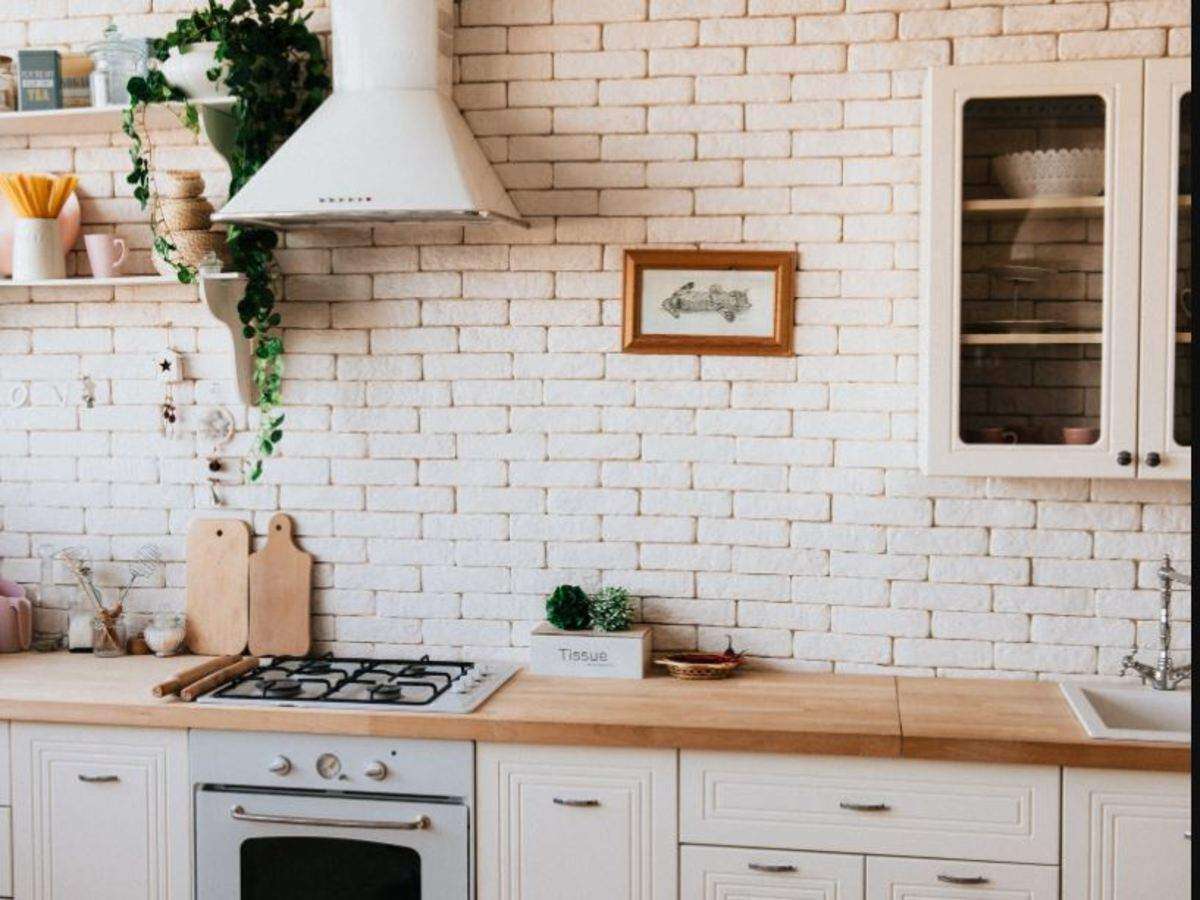Kitchen chimneys are modern devices designed to prevent smoke and oil from seeping into your home, working like an exhaust fan but more effectively. Plus, their aesthetic design makes installation an easy process!
Also, kitchen ventilation helps stop the development of germs in the air and on surfaces in the kitchen that can lead to the spread of harmful microbes caused by heat, steam, smoke and food spillage.
It reduces the heat from the air
Kitchen chimneys help reduce airborne heat by extracting smoke and odor from your cooking area, maintaining its cleanliness while at the same time protecting both you and your health from breathing in contaminated air.
Chimneys come in various styles, sizes, and finishes – some even come equipped with smart features to allow remote control – such as motion sensors, smoke/odour detectors or smart appliances compatible with Alexa or Google assistant.
Kitchen chimneys are designed to absorb excessive heat, odors and oil produced during your cooking sessions. Equipped with powerful motors and exhaust fans that increase ventilation, kitchen chimneys are especially suitable for homes that lack natural ventilation due to limited space or no natural sources nearby. Once installed on either the wall or ceiling of your kitchen they can also be moved easily if you want to clean or renovate. Some chimneys are portable allowing them to be quickly moved from room to room when cleaning is required.
It makes your kitchen look attractive
Kitchen chimneys not only help reduce heat in your kitchen but they can also add an attractive aesthetic. As part of any modern kitchen, these essential features must be present and functional. With so many types of chimneys on the market – such as those available through IKEA or other stores – it’s essential that you find one that reflects your personal taste; pick one with colors or designs that match those found elsewhere in the room for maximum effect. Consider which chimney design best matches with wall colors and appliances in the room while considering either ductless or ducted installation: one is installed through IKEA while ducted has ducting that leads outside.
This type of chimney is ideal for small-sized kitchens and hangs from the ceiling above the cooking platform. Its sleek, compact design pairs perfectly with other fixtures and furniture in the room such as oakwood cabinets or granite countertops, while its powerful extraction mechanism effectively extracts smoke, oil and contaminants from the air for cleaner air in your space.
It reduces the smell of the food
Kitchen chimneys are designed to absorb smoke, odours, and oil particles generated during cooking and expel them via duct. Their design also makes them much more efficient than traditional hoods as they don’t recirculate polluted air back into the room.
There are two primary types of chimneys on the market today: ducted and non-ducted. Ducted chimneys feature motor, exhaust fan and pollution-capturing filters which all work together to remove smoke, fumes and odours from kitchen environments. Although more costly than non-ducted models, ducted chimneys usually provide superior performance.
Selecting the ideal chimney depends on your cooking habits and available space. Make sure that it offers high suction power from a reliable brand, with touch control capabilities for added functionality and easier maintenance. Also make sure it includes easy clean-up features.
It keeps your kitchen clean
Kitchen chimneys provide your space with clean air that enhances cooking experience, keeping it odor-free. However, choosing the appropriate chimney may be challenging: there are so many types of chimneys on the market; each offering its own special set of features. It is key that you select one which meets the layout, ventilation needs and personal preferences in your kitchen environment.
To properly clean a kitchen chimney, combine three teaspoons of baking soda with warm water in a bowl and create a thick paste. Apply this paste over all chimney plates and let it set for one hour, before applying a cleaning scrub to each plate individually and scrubbing thoroughly with it to remove grease and stains from your chimney. You may also try nail polish remover on less-than-greasy chimney plates; however it would only be wise if your chimney was constructed from stainless steel.

